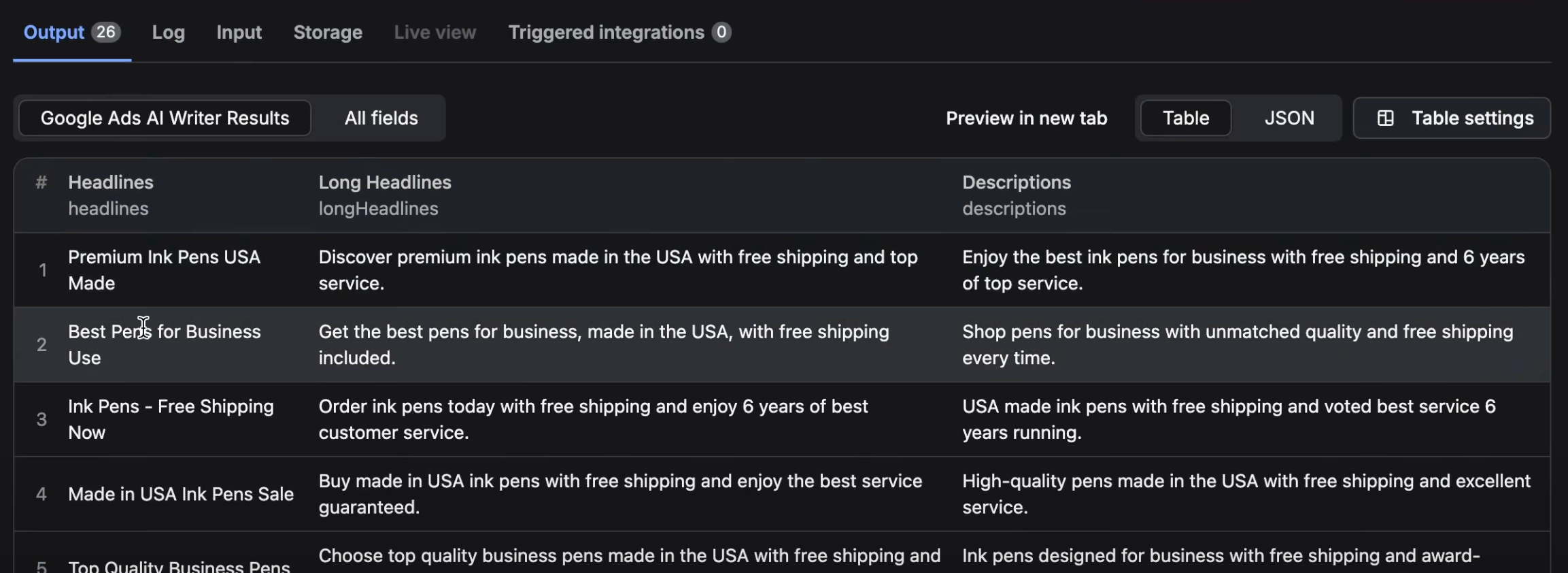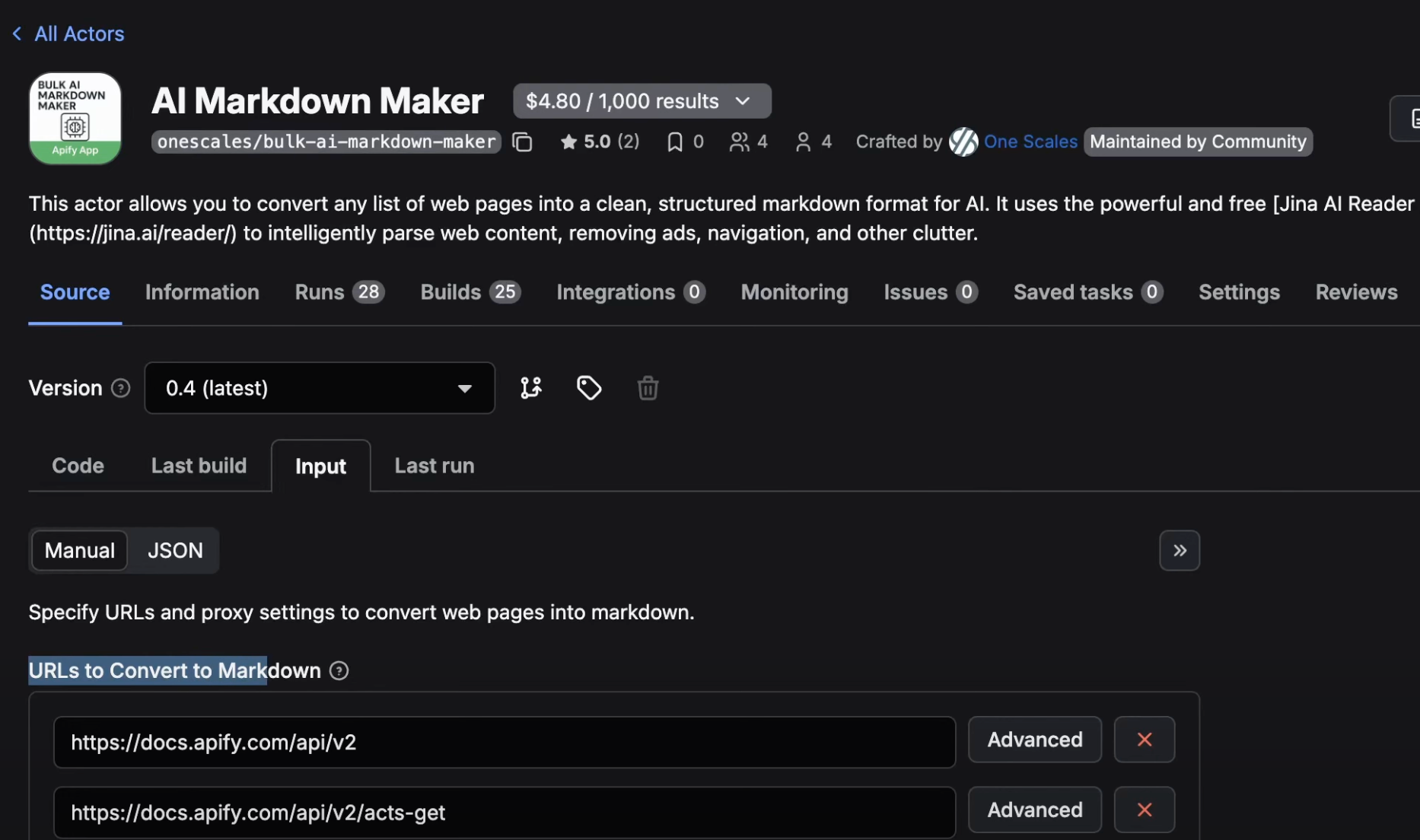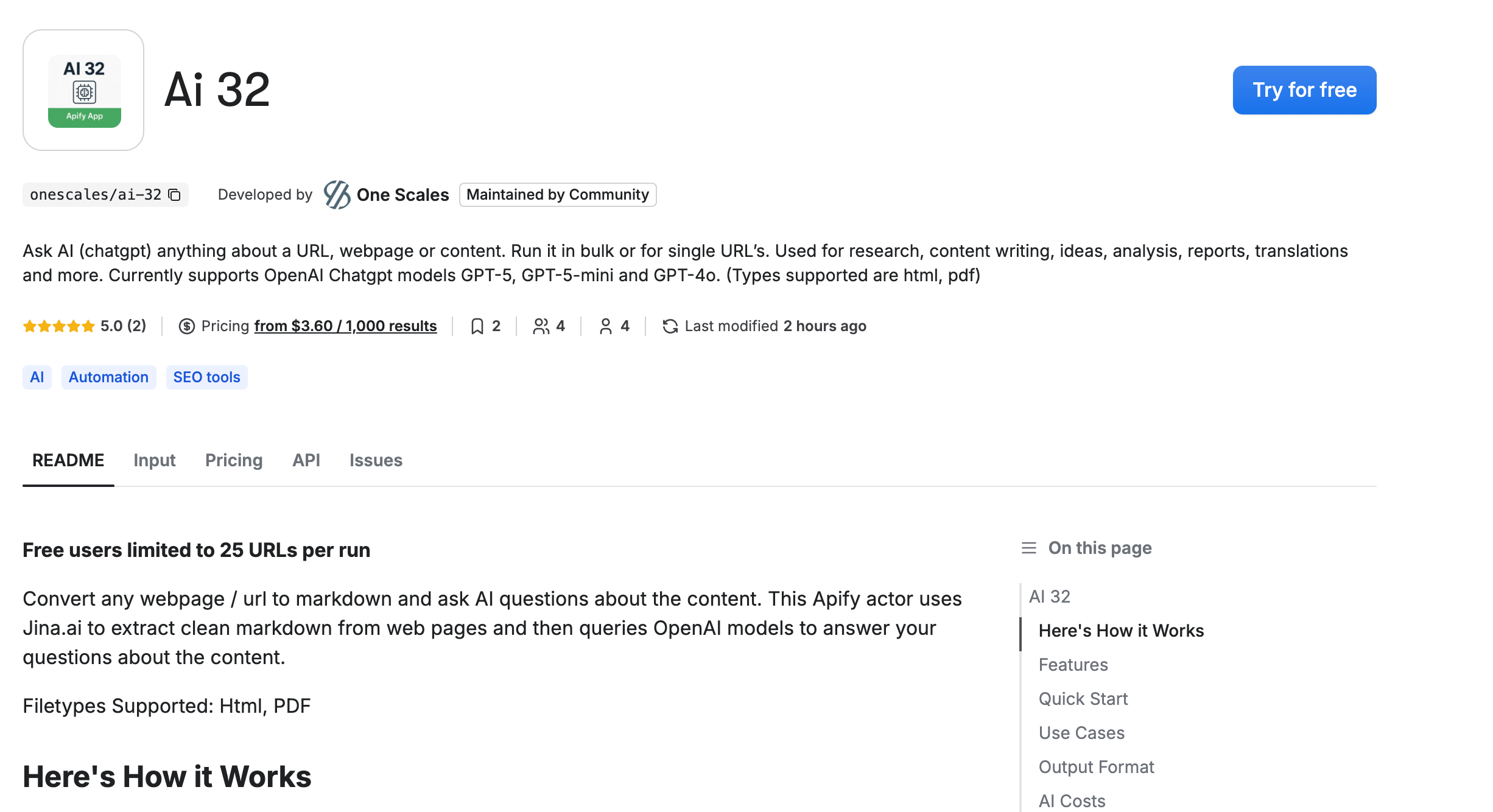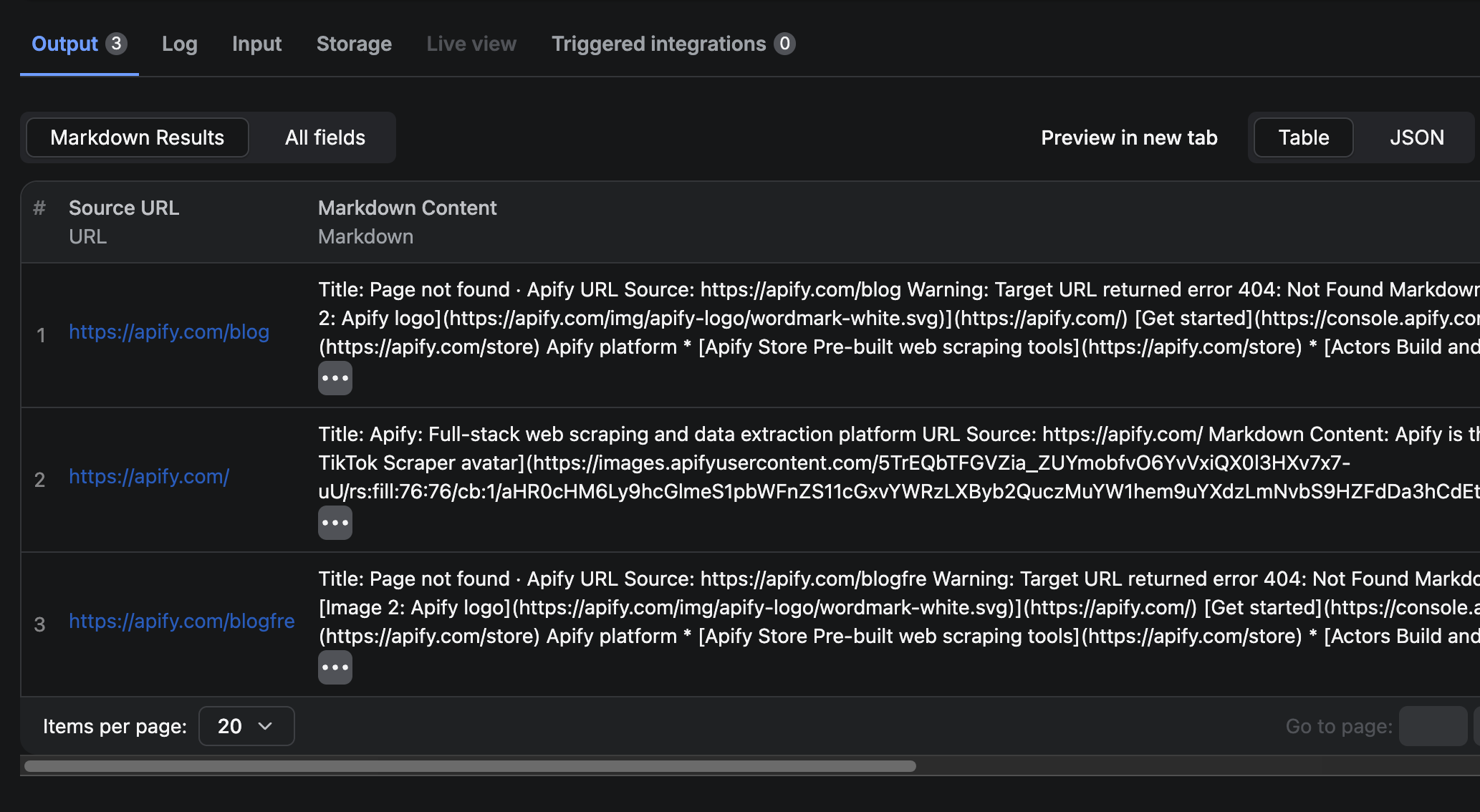How to Use Markdown to Improve AI Results: A Complete Tutorial
Transform your AI workflow with this simple content preparation technique that delivers better results while saving time and costs.
Introduction
When working with AI tools like ChatGPT, Claude, or Grok, the quality of your input directly determines the quality of your output. Most users make the mistake of feeding raw website URLs to AI tools, which includes unnecessary clutter like headers, footers, navigation menus, and advertisements. This tutorial shows you how to convert web content to clean Markdown format for dramatically improved AI results.
Why Markdown Makes AI Better
The Problem with Raw URLs
When you provide a URL directly to an AI tool, you're giving it everything on that webpage:
- Navigation menus and headers
- Sidebar content and advertisements
- Footer information and help links
- Styling elements and formatting code
This creates noise that dilutes the actual information you want the AI to process.
The Markdown Advantage
Converting content to Markdown format provides several key benefits:
Better Understanding: AI can focus on the core content without distractions Cost Savings: Reduced token usage means lower API costs and better context window utilization Improved Accuracy: Clean, structured content leads to more precise AI responses Time Efficiency: Less back-and-forth to clarify or correct AI responses
Method 1: Single URL Conversion
Using Jina.ai
The simplest way to convert any webpage to Markdown is using Jina.ai:
- Take any URL you want to convert
- Add
r.jina.ai/before the URL - The service automatically converts the content to clean Markdown
Example:
Original URL: https://example.com/documentation
Jina.ai URL: https://r.jina.ai/https://example.com/documentationStep-by-Step Process
- Copy the URL of the webpage you want to convert
- Navigate to Jina.ai and use their URL conversion service
- Copy the Markdown output - this is your clean content
- Save the content to a text file or document
- Upload to your AI tool along with your specific instructions
Method 2: Bulk URL Processing with Automation
For processing multiple URLs efficiently, you can automate the entire workflow.
Setting Up Your Spreadsheet
- Create a Google Sheets document
- Add URLs in column A - one URL per row
- Reserve column B for the Markdown output
- Include any additional context in other columns if needed
Automation with Make.com
Using Make.com, you can create an automated workflow that:
- Reads URLs from your Google Sheets
- Processes each URL through Jina.ai
- Saves Markdown content back to the spreadsheet
- Continues row by row until all URLs are processed
Workflow Steps
- Google Sheets Module: Connect to your spreadsheet
- Iterator Module: Process each row containing a URL
- HTTP Module: Send requests to Jina.ai for conversion
- Google Sheets Update: Save the Markdown output back to the sheet
Real-World Example: Developer Documentation
Let's say you're building an Apify application and need to follow their developer documentation precisely.
Traditional Approach Problems
- Documentation pages include navigation, help links, and formatting
- AI gets distracted by non-essential elements
- Results may not follow documentation guidelines accurately
Markdown Approach Benefits
- Extract only the core technical content
- AI focuses on actual instructions and code examples
- Better adherence to documentation standards
Implementation
- Identify documentation URLs you need to reference
- Convert each page to Markdown using Jina.ai
- Combine related pages into a single document if needed
- Provide to AI with specific instructions about following the documentation
Best Practices
Content Preparation
- Review Markdown output before providing to AI
- Remove any remaining irrelevant sections manually if needed
- Organize content logically if combining multiple sources
- Add context about what you want the AI to focus on
AI Interaction
- Be specific about how you want the AI to use the content
- Provide clear instructions about your desired output
- Reference specific sections of the Markdown when asking questions
- Iterate and refine based on results
Quality Control
- Test with small samples before processing large batches
- Verify content accuracy after conversion
- Check for formatting issues that might affect AI understanding
- Maintain organized files for future reference
Advanced Tips
Combining Multiple Sources
When working with multiple documentation pages or articles:
- Create a master document with all Markdown content
- Use clear headings to separate different sources
- Include source URLs as references
- Organize content by topic or relevance
Custom Instructions
Enhance your AI prompts with specific guidance:
- "Focus on the technical specifications in the provided documentation"
- "Follow the exact code examples shown in the Markdown content"
- "Use only the information provided in the attached files"
Context Management
- Keep related content together in single files
- Use descriptive filenames for easy organization
- Consider breaking very long content into focused sections
- Update content regularly if source material changes
Troubleshooting Common Issues
Conversion Problems
- Incomplete content: Some dynamic websites may not convert fully
- Formatting issues: Complex layouts might need manual cleanup
- Missing elements: Check if important content was excluded
AI Integration Issues
- File size limits: Break large files into smaller chunks
- Upload problems: Try different file formats (txt, md, docx)
- Context limits: Prioritize most important content first
Measuring Success
Track improvement in your AI results by monitoring:
- Response accuracy - How well AI follows your instructions
- Time savings - Reduced back-and-forth iterations
- Cost efficiency - Lower token usage and API costs
- Output quality - More relevant and actionable responses
Conclusion
Converting web content to Markdown format before providing it to AI tools is a simple yet powerful technique that can dramatically improve your results. By removing unnecessary clutter and focusing AI attention on core content, you'll get more accurate responses while saving time and reducing costs.
The key is to remember that AI tools are only as good as the information you provide them. Clean, well-structured input leads to better output every time.
Tools and Resources
- Jina.ai: https://jina.ai/ - Convert any URL to clean Markdown
- Make.com: https://www.make.com/en/register?pc=onescales - Automate bulk URL processing
- Google Sheets: Organize and manage your URL lists
Ready to transform your AI workflow? Start with a single URL conversion and experience the difference clean content makes in your AI interactions.









